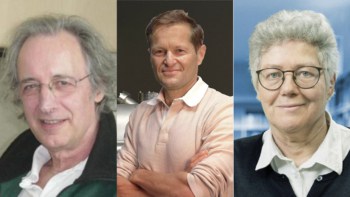The Daresbury Laboratory in the UK is to receive £11.5m from the UK government for research into a new 4th generation light source (4GLS). The facility, if built, would be the first such source in the world and would be used for a range of experiments in physics, chemistry, biology and materials science. The Northwest Development Agency (NWDA) has also announced that it is investing £25.7m in a new science park at Daresbury that will provide a direct link from research at the laboratory to industry.
“In the medium-term, we intend to see Daresbury developed as a mixed-use science campus,” said Mike Shields, chief executive of the agency. “It will provide fundamental research and development funded by the Government and the private sector, and research by local universities. We are now well on the way to achieving this.”
The money for 4GLS will cover research, development and design over three years. 4GLS will use an energy recovery linac and a free electron laser to generate light over a range of wavelengths from the infrared to the extreme ultraviolet.
“Twenty years ago, Daresbury demonstrated that it could lead the world with the building of the world’s first ‘second generation’ source,” said Elaine Seddon, the 4GLS project manager. “Now we have shown that we can lead the world again with 4th generation technology.”
4GLS was originally part of the CASIM proposal at Daresbury, which also included a proton accelerator called SIRIUS that could be used both for nuclear physics and medical research. Although the nuclear physics programme planned for SIRIUS was rated highly in a government review of the proposal, the use of accelerated protons and ions for cancer therapy was not viewed as a high priority in a recent review by the National Cancer Research Institute.


